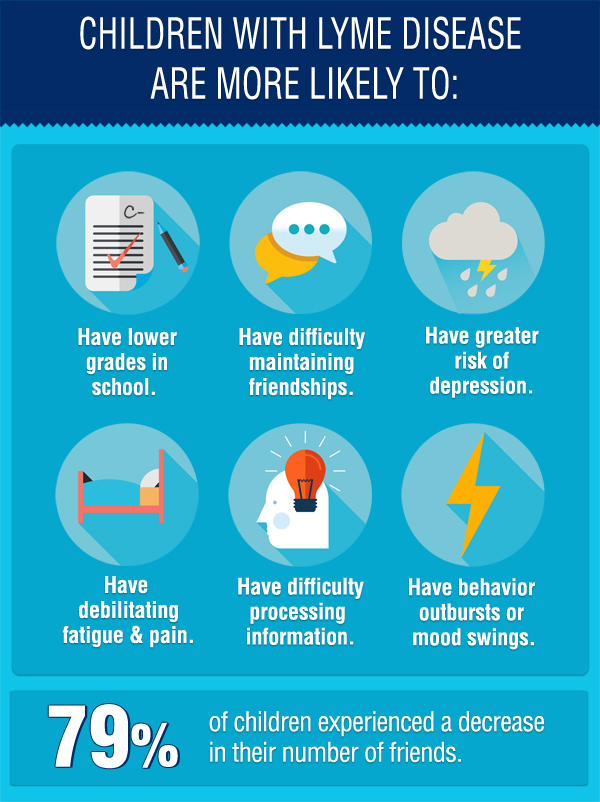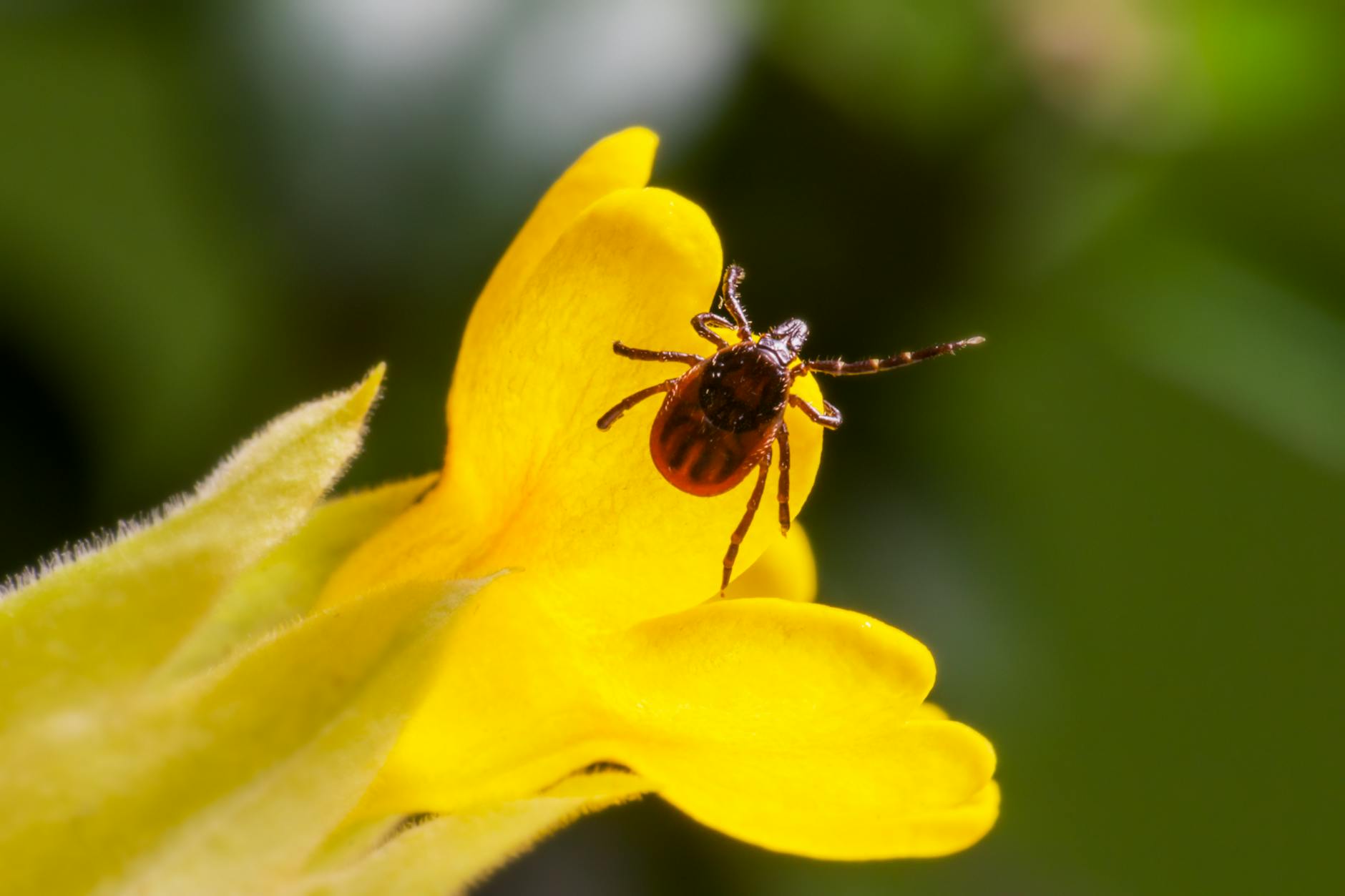Uncover the surprising truth about Lyme disease triggers that will leave you shocked and eager to protect yourself.
Table of Contents
We’re going on an adventure to learn about a sneak thief called Lyme disease, how it hides in tiny ticks, and why it sometimes makes people feel sick. Imagine a tiny creature carrying a big secret that can cause trouble – that’s Lyme disease. And to keep ourselves safe, we need to be detectives and know how to avoid those pesky ticks in the first place.
So, let’s start this journey together and unlock the mystery of Lyme disease, understand how it affects us, and learn the best ways to keep it at bay. Are you ready? Let’s dive in!
What is Lyme Disease?
Let’s understand what this unwelcome guest, Lyme disease, actually is, and how it can affect us.
A Tiny Critter’s Big Secret
We dive into the world of Lyme disease, where a tiny tick holds a big secret that can cause trouble. Lyme disease is an illness caused by bacteria that some ticks carry. When an infected tick bites a person or an animal, it can pass the bacteria along, causing Lyme disease. This sneaky disease can hide in the body and make people feel sick.
How Do Ticks Cause Trouble?
Ticks may be tiny, but they have a big impact when it comes to causing trouble, especially when it comes to Lyme disease. These sneaky critters can easily latch onto our skin when we least expect it, leading to a host of issues. Let’s dive in and uncover how ticks can turn into troublemakers.
Tick Talk: Prevention is Key
Tick bites are the gateway to Lyme disease, so preventing those pesky ticks from biting us is crucial. One of the best ways to avoid tick trouble is by sticking to the center of trails when hiking or playing in grassy areas, steering clear of leaf piles where ticks like to hide, and wearing long sleeves and pants to create a barrier against these unwanted hitchhikers. Using insect repellent can also help keep ticks at bay and reduce the risk of getting Lyme disease.
Remember, ticks are most active during warmer months, so being extra cautious during this time can significantly lower the chances of encountering these trouble-causing critters. By taking simple precautions and being aware of tick hotspots, we can stay one step ahead and protect ourselves from the trouble ticks can bring.
Early Lyme Disease Symptoms
When a tiny, sneaky tick carrying Lyme disease bites us, our bodies send out hidden messages to warn us that trouble might be coming. These early symptoms can be like secret codes waiting to be decoded.
The First Clues
Picture this: you’re feeling more tired than usual, sort of like you didn’t get a good night’s sleep. Your body might ache a bit, almost like you’re coming down with the flu. And watch out for a red, bull’s-eye rash that appears around the bite area – that’s a definite signal that something’s not right.
If you notice these early signs, it’s like your body saying, “Hey, something’s up – let’s check it out!” The quicker you and your family let a grown-up know about these symptoms, the sooner the doctor can help make things right again.
When Lyme Disease Doesn’t Want to Leave
Sometimes Lyme disease decides to stick around longer than we’d like. Let’s uncover why it hangs around, making life difficult for some people.
Unwelcome Extended Stay
When Lyme disease doesn’t get the message to leave, it can become chronic. This means the symptoms don’t go away like they should after treatment. It’s like having an unwelcome guest that just won’t take the hint to pack up and leave!
What are Lyme Disease Treatments?
We’ll chat about the ways doctors help to show Lyme disease the exit door so you can feel better again.

Image courtesy of via Google Images
The Cure Quest
We’ll check out how medicines and care teams work together to beat Lyme disease.
When someone has Lyme disease, doctors can provide treatments to help get rid of the bacteria causing the illness. Most of the time, they use antibiotics, which are medicines that fight off bacteria in our bodies. These antibiotics come in different forms, like pills or liquids, and they help to stop the spread of Lyme disease throughout the body.
Another important part of Lyme disease treatment is getting lots of rest and staying hydrated. Resting helps the body recharge and fight off the infection, while drinking plenty of fluids helps to flush out the bacteria and toxins.
During treatment, it’s crucial to follow the doctor’s instructions carefully and finish all the prescribed medication, even if you start feeling better. This helps ensure that all the bacteria causing Lyme disease are completely gone and don’t come back to cause more trouble.
For some people with chronic Lyme disease, where the symptoms stick around for a long time, doctors may recommend other types of treatments like physical therapy, pain management techniques, and counseling to help manage the ongoing symptoms and improve their quality of life.
The Sneaky Post-Treatment Lyme Disease Syndrome
We’ve learned that sometimes Lyme disease can overstay its welcome even after treatment. This tricky situation is known as Post-Treatment Lyme Disease Syndrome, where symptoms linger like the last guest at a party.
The Lingering Problem
After completing the prescribed treatment for Lyme disease, some people may still experience symptoms like fatigue, muscle pain, and joint aches. This can be confusing and frustrating, as it may seem like the illness hasn’t completely left the body.
How to Avoid Ticks and Lyme Disease
Are you ready to learn how to keep those pesky ticks away and steer clear of Lyme disease? Let’s gear up with knowledge and tools to stay one step ahead and prevent this unwelcome visitor from causing trouble.
| Trigger | Description |
|---|---|
| Tick bite | The most common way to contract Lyme disease is through the bite of an infected tick, typically the deer tick (black-legged tick). This tick carries the bacterium responsible for Lyme disease, Borrelia burgdorferi, and transmits it through its bite. |
| Outdoor activities | Engaging in outdoor activities in areas where ticks are prevalent increases the risk of being bitten and contracting Lyme disease. Activities such as hiking, camping, gardening, and hunting can lead to exposure to ticks. |
| Season | Lyme disease is more common during the warm months of spring and summer when ticks are most active. Ticks are usually found in wooded or grassy areas, and people spending time outdoors during these seasons are at higher risk of encountering ticks. |
| Location | Lyme disease is more prevalent in certain regions, particularly the northeastern and midwestern United States, as well as parts of Europe and Asia. These areas have higher populations of infected ticks, increasing the likelihood of contracting the disease. |

Image courtesy of via Google Images
Armor Against Ticks
When it comes to avoiding ticks and Lyme disease, preparation is key. Here’s the scoop on the best ways to keep those tick troops from making you their next target:
1. Dress Smart: When venturing outdoors, wear long sleeves and pants to minimize skin exposure where ticks might latch on. Light-colored clothing can also help you spot ticks more easily.
2. Tick-Proof Your Outdoor Area: Keep your backyard tidy by clearing away tall grass and leaf litter, as these are favorite hiding spots for ticks. Consider creating a barrier of wood chips or gravel between your lawn and wooded areas to deter ticks from migrating to your living space.
3. Tick Repellent: Using insect repellents with DEET, picaridin, or permethrin can help keep ticks at bay. Be sure to follow the instructions and apply the repellent to exposed skin and clothing.
4. Tick Checks: After spending time outdoors, conduct thorough tick checks on yourself, your family members, and pets. Ticks prefer warm, damp areas, so pay special attention to areas like the scalp, behind the ears, in armpits, and the back of the knees.
5. Stay on Paths: When hiking or walking in wooded or grassy areas, stick to designated paths to reduce the chances of encountering ticks in dense vegetation.
6. Tick-Safe Landscaping: Consider landscaping your yard to reduce tick habitat by creating a buffer zone between wooded areas and your home. Gravel, mulch, or a dry creek bed can act as barriers to keep ticks away.
7. Tick Awareness: Educate yourself and your family about the signs of ticks and Lyme disease, so you can take quick action if you suspect a tick has bitten you. Knowing how to remove a tick safely and when to seek medical help is crucial in preventing Lyme disease.
Staying Alert and Healthy
It’s important to be a detective about our health – we’ll find out how to spot and respond to tick trouble fast.
The Health Detective
Being a health detective means keeping an eye out for any signs that Lyme disease might be trying to sneak into your body. If you spend time outside in grassy or wooded areas, it’s essential to check yourself for ticks after coming back inside. Ticks can be as small as a poppy seed, so it’s crucial to look closely, especially in hidden areas like your hair, armpits, and groin.
If you find a tick attached to your skin, don’t panic. Use fine-tipped tweezers to grasp the tick as close to your skin’s surface as possible and pull upward with steady, even pressure. Once you remove the tick, clean the bite area and your hands with rubbing alcohol, an iodine scrub, or soap and water.
After a potential tick bite, keep an eye out for early Lyme disease symptoms like a red rash that looks like a bull’s-eye, flu-like symptoms such as fever and fatigue, muscle and joint aches, and swollen lymph nodes. If you notice any of these signs, it’s essential to seek medical attention promptly to receive the proper treatment.
Conclusion
As we wrap up our journey through the world of Lyme disease, we’ve uncovered valuable insights into this sneaky illness and how to stay safe from its grasp. Let’s recap the essential points we’ve learned about lyme disease, lyme disease treatment, and tick bite prevention.

Image courtesy of via Google Images
A Recap of Lyme Disease
Remember, lyme disease is caused by a tiny tick that carries a big secret. It can make people feel sick if not detected and treated early. Understanding the early lyme disease symptoms is crucial for timely intervention.
Tackling Lyme Disease Treatment
Doctors and medicine play a vital role in treating lyme disease. They work together to show this unwelcome guest the exit door so you can start feeling better again. Remember, early detection and treatment are key to a successful recovery.
Importance of Tick Bite Prevention
Prevention is always better than cure when it comes to lyme disease. By following tick bite prevention strategies, such as wearing protective clothing and using insect repellent, you can reduce your risk of getting bitten by these tiny troublemakers.
By staying informed and proactive about tick bite prevention and lyme disease treatment, you can safeguard your health and enjoy the great outdoors without worries. Remember to stay alert, stay informed, and stay healthy!
FAQs
Why don’t all tick bites cause Lyme Disease?
Not every tick carries Lyme disease, and we’ll find out what makes a tick risky.
Can Lyme disease come back after treatment?
Let’s talk about why sometimes Lyme disease might want a do-over even after treatment.
How can I tell if a tick bit me?
Discover the tell-tale signs that a sneaky tick might have had a snack on you.






